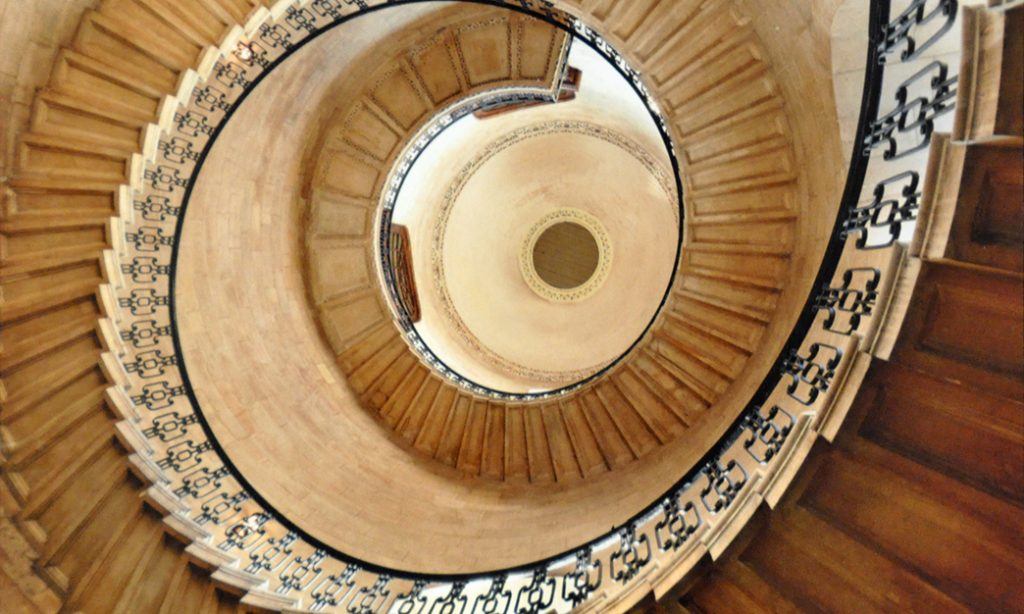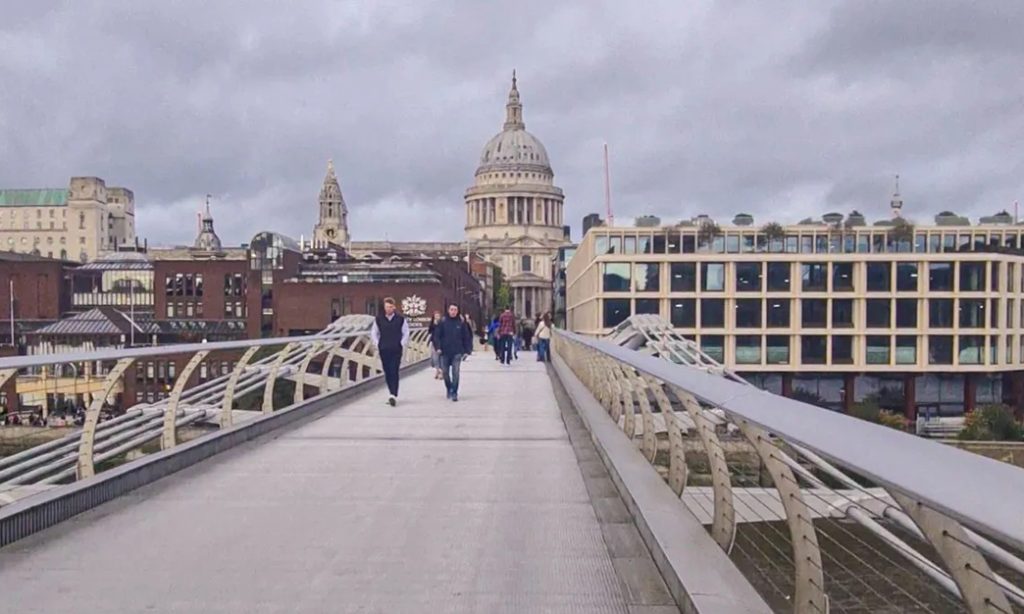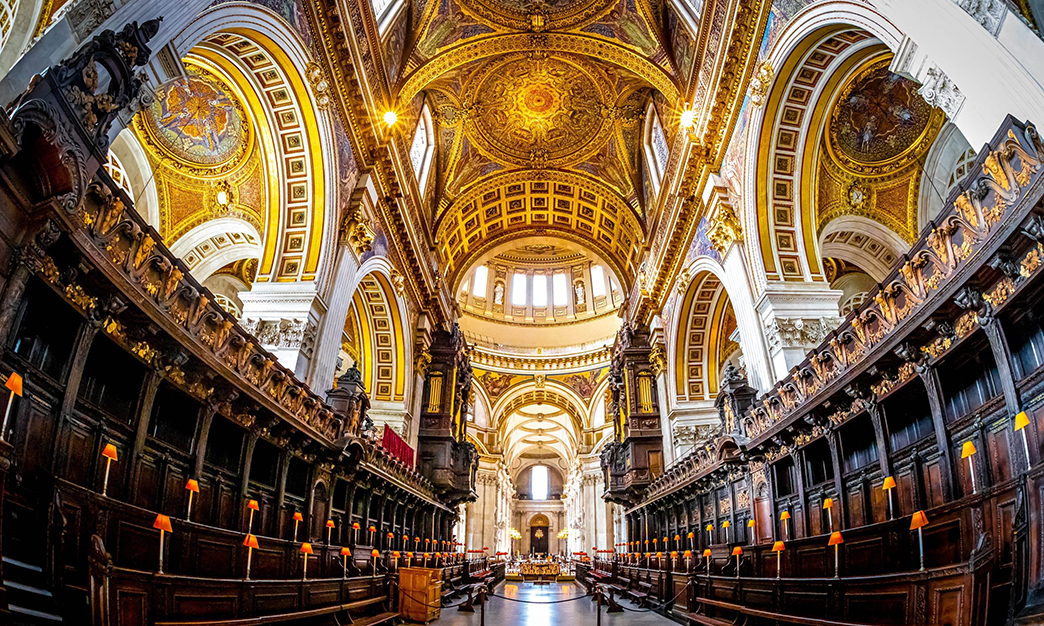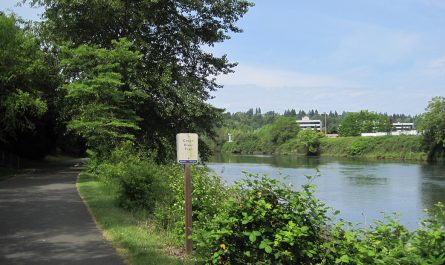I have had the privilege of exploring various cities across the world, each with its own unique history and culture. However, London, a city that seamlessly blends the old with the new, never fails to surprise and impress me. Among its many iconic landmarks, St. Paul’s Cathedral holds a special place in my heart. In particular, during the autumn months, this majestic cathedral seems to exude a serene yet grand beauty under the warm sunlight, making me want to linger a little longer to soak in the rich history and cultural significance it embodies.
I will take you on a detailed journey through the wonders of St. Paul’s Cathedral. We’ll explore the history, structure, and how to plan a perfect autumn visit. Whether you are a history enthusiast, an architecture aficionado, or someone who simply enjoys breathtaking views, St. Paul’s Cathedral offers an unparalleled experience that will stay with you long after your visit.
Introduction to St. Paul’s Cathedral
St. Paul’s Cathedral is one of London’s most famous landmarks, and perhaps one of the most iconic churches in the world. Situated in the heart of London, this Anglican cathedral is the seat of the Bishop of London and holds significant religious, cultural, and historical value. Known for its stunning design, St. Paul’s is not just a place of worship but also a symbol of resilience and hope. Throughout history, it has played a pivotal role in numerous significant events and continues to be one of the most visited monuments in the city.
Its classical yet Baroque design, marked by the grandeur of its dome, dominates the skyline of London. The cathedral is a masterpiece created by renowned architect Sir Christopher Wren, and its timeless beauty has earned it a spot on UNESCO’s World Heritage list. It is not just a place for quiet reflection; it is a symbol of London’s recovery and strength, especially during turbulent times such as World War II when it withstood extensive bombing during the Blitz.
The History of St. Paul’s Cathedral
The history of St. Paul’s Cathedral dates back to 604 AD when a church was originally founded on the site. However, the current structure, which we see today, was designed by Sir Christopher Wren after the original church was destroyed in the Great Fire of London in 1666. Wren’s design for the new cathedral was chosen in a public competition, and construction began in 1675. The project took 35 years to complete, with Wren overseeing the work throughout.
The cathedral has witnessed numerous pivotal moments in British history. It was the site of many royal events, including the funeral of Admiral Lord Nelson and the wedding of Charles, Prince of Wales, and Lady Diana Spencer. St. Paul’s also served as the venue for Winston Churchill’s state funeral in 1965, marking it as a place where moments of both sorrow and joy have been memorialized.
The Structural Design of St. Paul’s Cathedral

One of the most striking features of St. Paul’s Cathedral is its massive dome, which stands at 111 meters (365 feet) tall, making it the second-largest dome in Europe, after St. Peter’s Basilica in the Vatican. This dome is an engineering marvel, and its design was revolutionary at the time. The dome’s design incorporates a unique double-shell structure, which helps to support its immense weight and ensures its stability.
Inside the cathedral, visitors are greeted by vast, open spaces that enhance its grandeur. The dome is adorned with stunning mosaics and intricate frescoes, including the famous “The Ascension of St. Paul” which adorns the interior of the dome. The crypt beneath the cathedral is another highlight, housing the tombs of prominent figures such as Admiral Nelson, the Duke of Wellington, and the cathedral’s architect, Christopher Wren himself.
Another unique feature of the cathedral is the “Whispering Gallery,” located just beneath the dome. This gallery is famous for its acoustic phenomenon where a whisper from one side of the gallery can be heard clearly on the opposite side. This architectural curiosity is a result of the dome’s design, which channels sound in a way that allows even the faintest whisper to travel across the gallery.
Nearest Underground Station to St. Paul’s Cathedral
Located in the heart of London, St. Paul’s Cathedral is easily accessible via public transport. The nearest Underground station is St. Paul’s Station, which is on the Central Line of the London Underground. The station is just a short walk from the cathedral, and the surrounding area offers a vibrant atmosphere where you can experience the hustle and bustle of London’s business district.
If you prefer to take the bus or a taxi, those options are also available. London’s public transport system is well-connected, and there are many routes that pass close to the cathedral, making it a convenient stop on your London itinerary. Alternatively, you could also explore the area on foot, which allows you to take in the charm of the streets around St. Paul’s, including Paternoster Square, a beautifully modern area adjacent to the cathedral.
Opening Hours of St. Paul’s Cathedral
St. Paul’s Cathedral is open to visitors every day from 8:30 AM to 4:30 PM, with extended hours on Sundays when it opens at 12:30 PM and closes at 4:30 PM. However, during certain times of the day, the cathedral may be closed for services or prayers. If you want to visit during a quieter time, I recommend going early in the morning or later in the afternoon to avoid the crowds.
The interior of the cathedral is open for tours and exploration during the listed hours. Special services, such as daily prayers or Sunday mass, are also held within the cathedral, and it is recommended to check the service schedule if you prefer to avoid them during your visit.
St. Paul’s Cathedral Ticket Prices

Ticket prices for St. Paul’s Cathedral vary depending on your age and type of ticket. For adults, the standard entry price is £20. Children between the ages of 6 and 17 can enter for £8. Discounts are also available for seniors (aged 65 and above) and students, with tickets priced at £17.
For those wishing to delve deeper into the cathedral’s history, audio guides and guided tours are available at an additional cost. You can also purchase a combined ticket that grants access to St. Paul’s Cathedral and other major London attractions, which can save you money if you plan to visit multiple sites.
How to Buy Tickets for St. Paul’s Cathedral
You can buy tickets for St. Paul’s Cathedral online through its official website. This is the most convenient way to secure your entry in advance and avoid waiting in long queues, especially during peak tourist seasons. The website also offers additional services such as audio guides and guided tours, which I highly recommend for first-time visitors who want to learn more about the history and architecture of the cathedral.
Additionally, the cathedral offers a membership program, which provides unlimited access to St. Paul’s Cathedral for a year, along with other perks such as discounts in the gift shop and café. If you plan on visiting London frequently, this could be a great option to consider.
Autumn is one of the best times to visit London, and St. Paul’s Cathedral is undoubtedly one of the city’s most iconic and awe-inspiring landmarks. Whether you’re an architecture enthusiast, a history buff, or simply someone who enjoys beautiful views, St. Paul’s Cathedral offers a unique and enriching experience that is unlike any other. Its magnificent dome, intricate mosaics, and historical significance make it a must-see attraction for anyone visiting London.
Through this guide, I hope to have provided useful information that will help you plan your visit to St. Paul’s Cathedral. From understanding its rich history to knowing the best times to visit and how to buy tickets, I trust this article will enhance your experience and make your autumn trip to London unforgettable.



